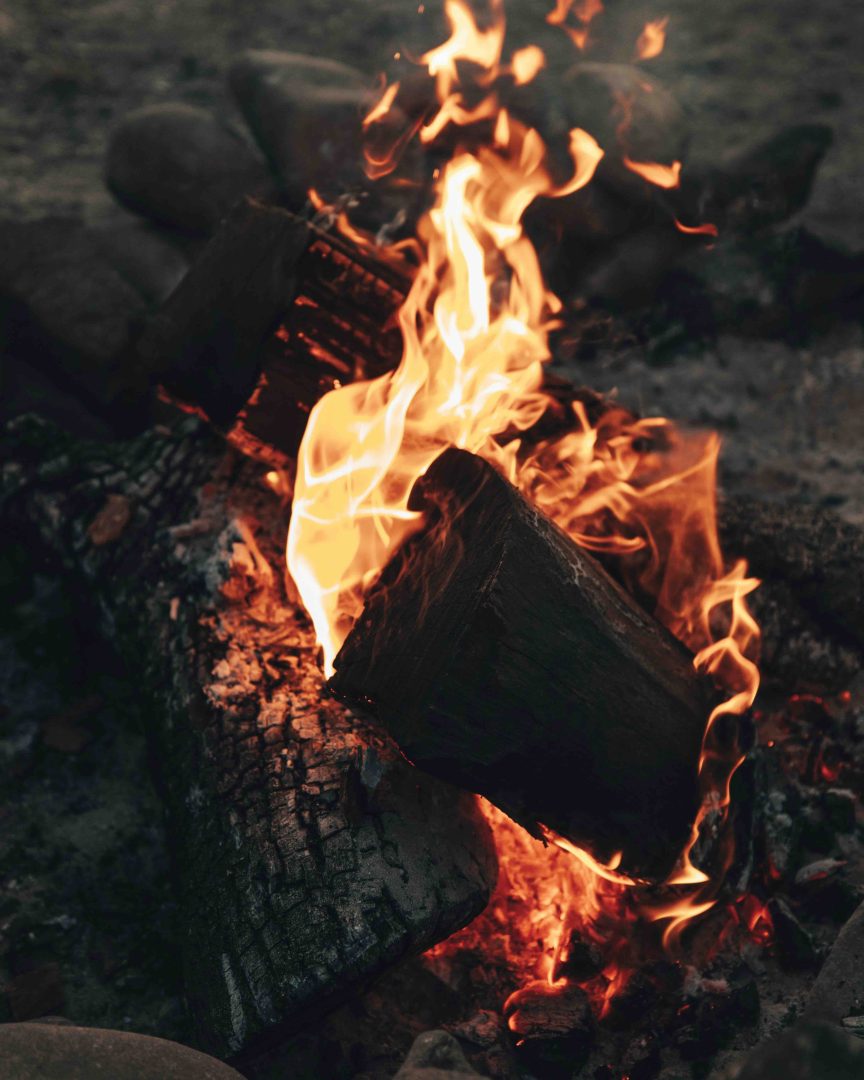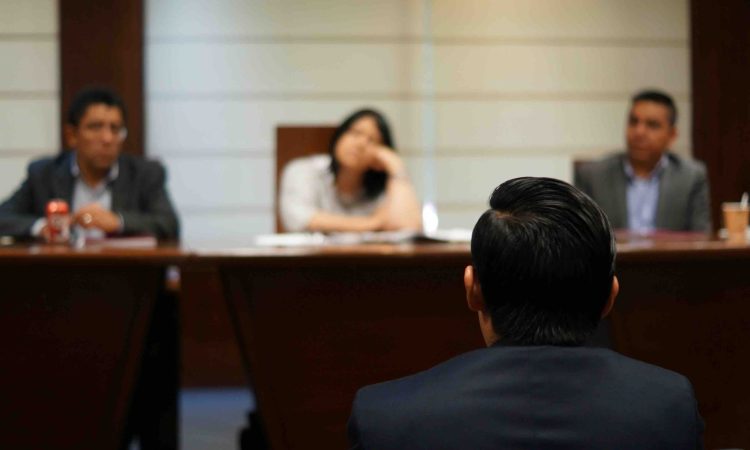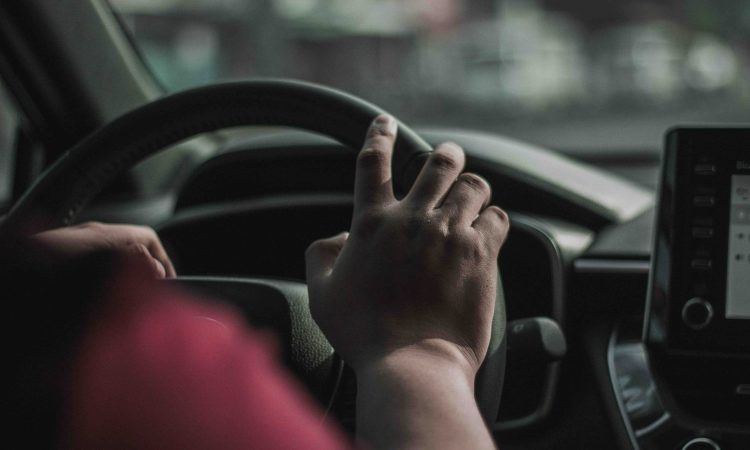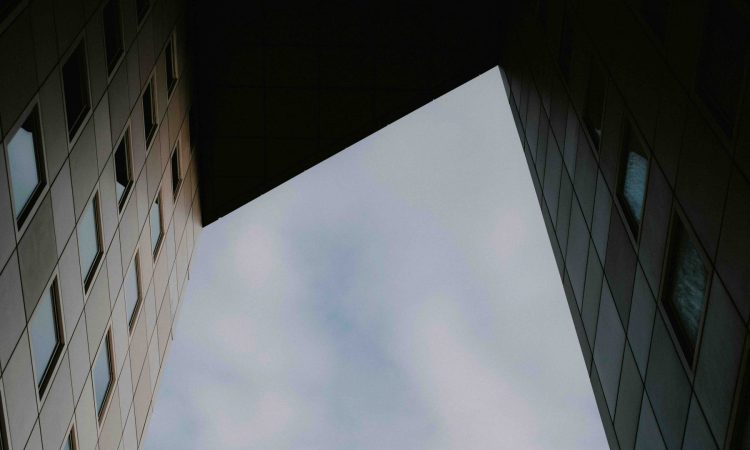
Bonfire Night and Workplace Safety: Preventing Accidents and Personal Injury Claims
Bonfire Night, is synonymous with fireworks, bonfires, and public festivities. While it is a time of celebration, it is also one of the periods that sees an increased risk of accidents and injuries. Workplaces that are involved in organising displays, handling fireworks, or operating near public events are particularly vulnerable.
At Hopkins Solicitors, we advise employers on workplace safety, risk management, and personal injury claims. This article explores the common types of workplace accidents during Bonfire Night, the importance of risk assessments, and proactive measures employers can take to reduce accidents and legal liability.
Common Workplace Accidents Around Bonfire Night
Workplace accidents during Bonfire Night can range from minor injuries to severe incidents requiring hospitalisation.
Common accidents include:
Burns and Fire-Related Injuries
Handling fireworks or tending to bonfires is a high-risk activity. Employees can suffer:
- Burns to hands and arms
- Clothing fires
- Facial or eye burns
Burns are among the most frequent and severe injuries during Bonfire Night events. They often occur when staff are not using appropriate personal protective equipment (PPE) or are distracted during high-risk tasks.
Slips, Trips, and Falls
Slips and trips are the most common workplace accidents overall and are especially prevalent during Bonfire Night due to:
- Wet or uneven surfaces outdoors
- Loose debris around bonfires or display areas
- Poor lighting at night, increasing the likelihood of missteps
- Improper storage of equipment and tools
- Even minor trips can result in fractures, sprains, or head injuries, and employers can be held liable if the hazard could have been reasonably prevented.Eye Injuries
Eye injuries often occur from flying debris, sparks, ash, or even accidental firework misfires. These injuries can range from minor irritation to serious damage requiring surgery. Protective goggles or face shields are essential when employees are in proximity to fireworks or bonfires.
Hearing Damage
Fireworks produce extremely loud noises, sometimes exceeding safe decibel levels. Prolonged exposure without hearing protection can lead to temporary or permanent hearing loss. Employers are responsible for ensuring staff use ear protection and limiting exposure to high-noise environments.
Smoke Inhalation and Respiratory Issues
Bonfires release smoke and particulates that can aggravate asthma or other respiratory conditions. Employees with pre-existing conditions are at greater risk and may require adjustments to duties or protective equipment such as masks.
Injuries from Manual Handling
Setting up displays, moving heavy firework crates, or transporting bonfire materials increases the risk of musculoskeletal injuries, including:
- Back strains
- Shoulder injuries
- Finger or hand injuries from crushing or dropping materials
- Training staff in safe lifting techniques and using mechanical aids where possible is essential to reduce these risks.
Legal Duties of Employers
Under the Health and Safety at Work etc. Act 1974, employers must maintain a safe working environment. During Bonfire Night, this includes:
- Conducting thorough risk assessments tailored to seasonal hazards
- Providing adequate training and PPE for staff
- Ensuring safe handling, storage, and disposal of fireworks and flammable materials
- Establishing emergency procedures, including fire safety and first aid
- Failure to meet these duties can result in personal injury claims if an employee is injured due to employer negligence.
Conducting Effective Risk Assessments
A risk assessment is a vital tool to prevent accidents. During Bonfire Night, employers should:
Identify Hazards
-
- Fireworks, bonfires, and flammable liquids
- Uneven or wet surfaces
- High noise levels
- Trip hazards from cables, equipment, or debris
Evaluate Risks
Assess the likelihood and potential severity of harm for each hazard. For example, handling fireworks has a high likelihood of causing serious burns if precautions are not in place.
Implement Control Measures
-
- Provide PPE such as gloves, goggles, and ear protection
- Limit access to high-risk areas
- Use signage to indicate danger zones
- Ensure adequate lighting and first aid provisions
Communicate with Staff
Employees should be briefed on hazards, safe procedures, and emergency protocols. Clear communication reduces errors and encourages a culture of safety.
Monitor and Review
Risk assessments should be updated for changing conditions, such as new equipment, weather changes, or staffing adjustments.
Responding to Workplace Accidents
Even with precautions, accidents may occur. Employers should:
- Provide immediate medical attention to injured staff
- Document incidents thoroughly, including witness statements and photographs
- Investigate the cause to prevent recurrence
- Seek legal advice if a personal injury claim arises
A proactive and well-documented response can reduce liability and demonstrate a commitment to staff safety.
Preventing Accidents Through Training and Awareness
Preventing accidents relies not only on policies and equipment but also on staff awareness and training. Effective measures include:
- Conducting safety briefings before Bonfire Night events
- Offering firework handling training for relevant staff
- Ensuring manual handling and lifting training is up to date
- Reinforcing the importance of PPE and emergency procedures
By fostering a culture of safety, employers can significantly reduce the likelihood of accidents and claims.
Bonfire Night brings unique workplace hazards, and employers must take proactive steps to safeguard staff. Burns, slips, trips, eye and hearing injuries, respiratory problems, and musculoskeletal injuries are all common risks that can result in serious personal injury claims.
At Hopkins Solicitors, we advise employers on effective risk assessments, training, and safety measures to reduce accidents and defend against claims. By understanding the common risks and implementing thorough safety procedures, organisations can celebrate Bonfire Night responsibly, protect their staff, and minimise legal liability.
Remember: Planning, communication, and proper training are the keys to preventing workplace accidents during Bonfire Night.
Request a CallbackRelated Articles
-

Why the UK Will No Longer Presume Contact With a Parent in Private Proceedings
For years, many people believed that UK family courts automatically favoured keeping both parents involved in a child’s life after…
-

Vulnerable Road Users: Understanding Your Rights and How We Can Help
At Hopkins Solicitors, our Personal Injury team recognises that some road users are at significantly higher risk of injury due…
-

Jointly owned property – joint tenants or tenants in common
There are two ways in which you can hold the “beneficial interest” in jointly owned property. Jointly owned property is…